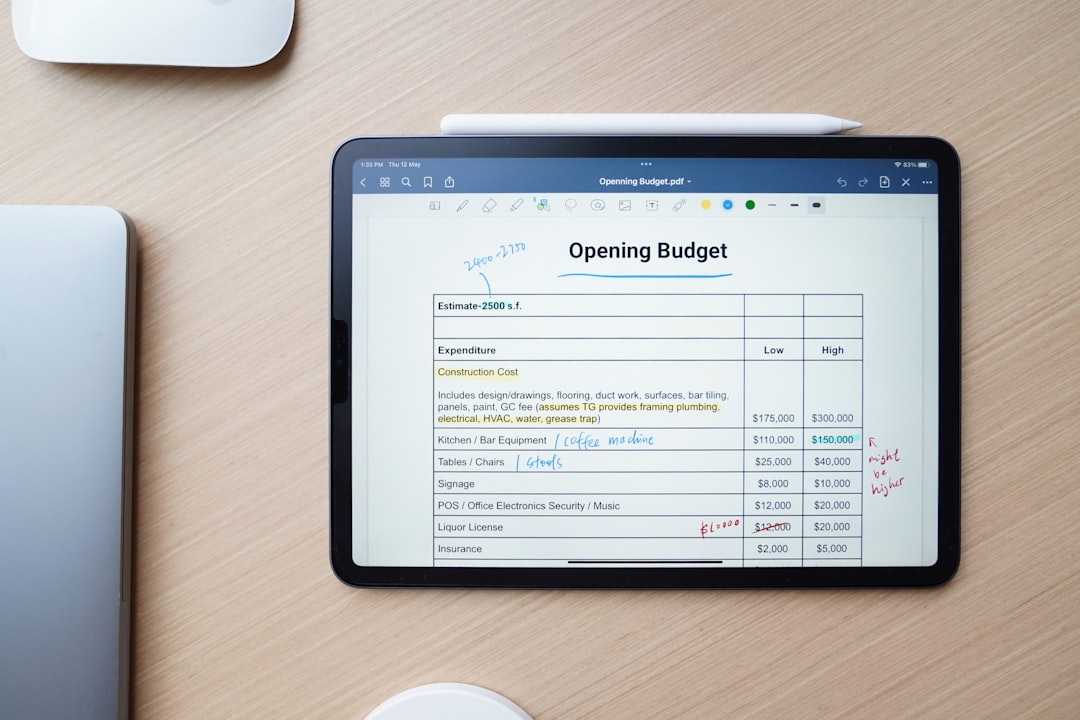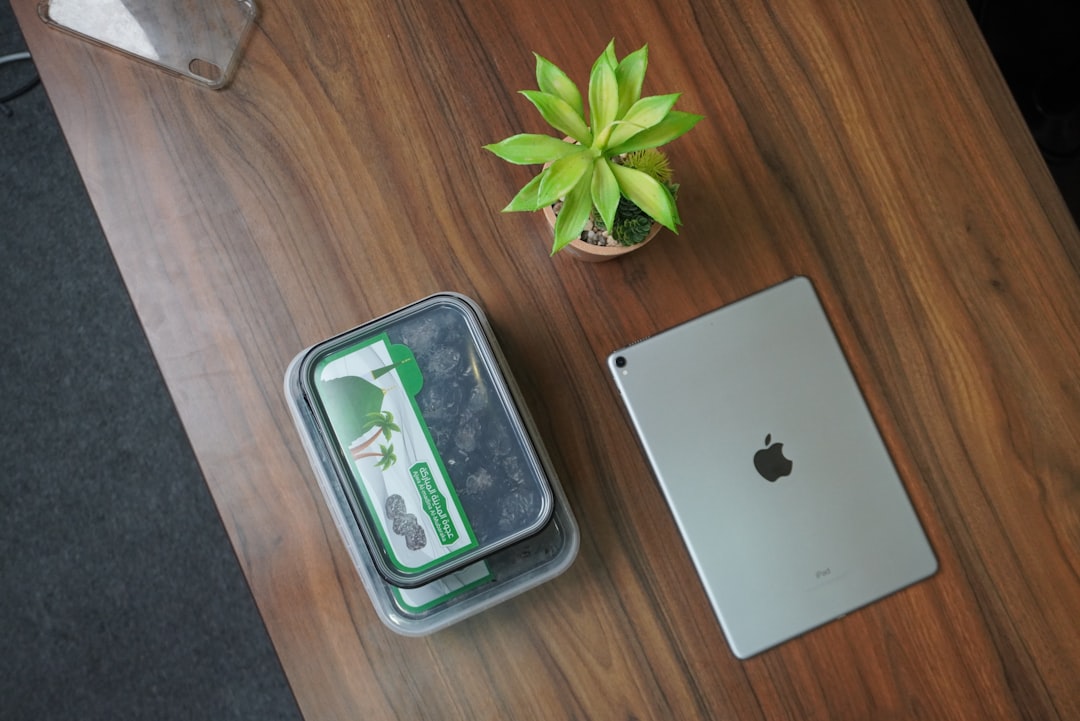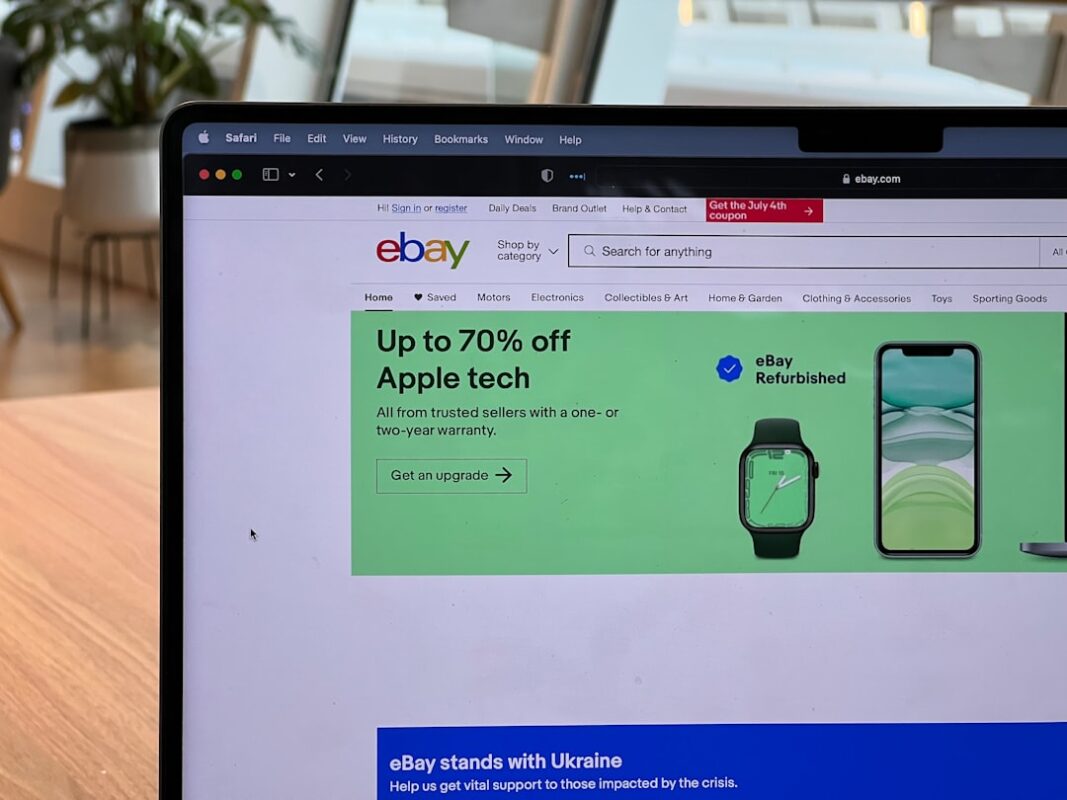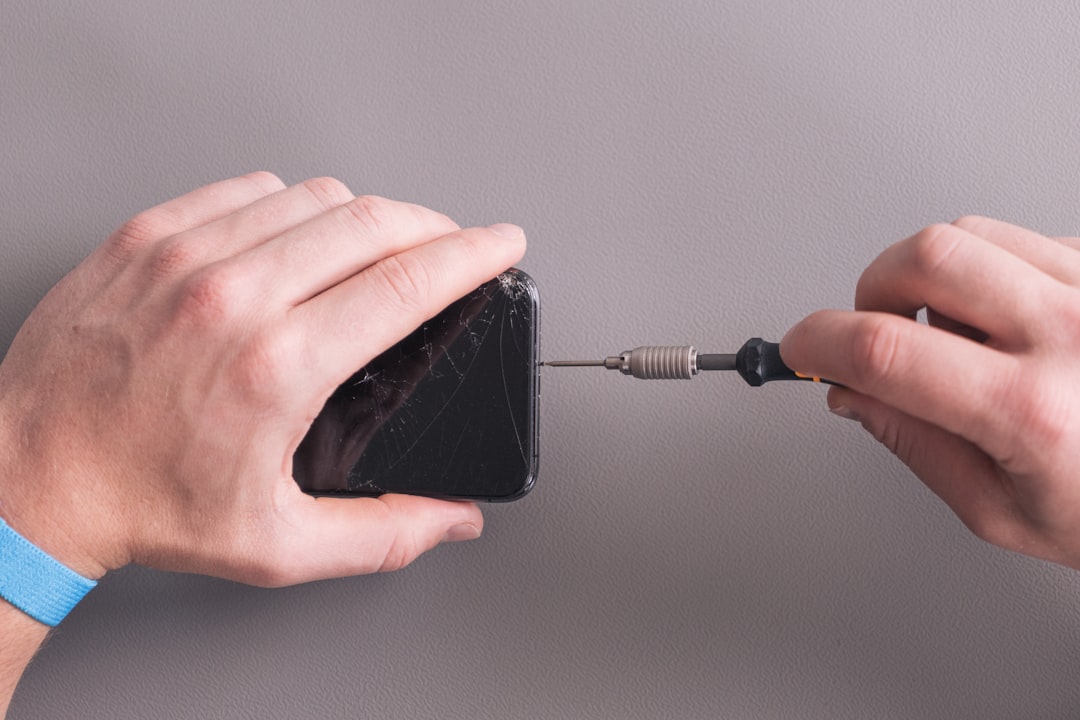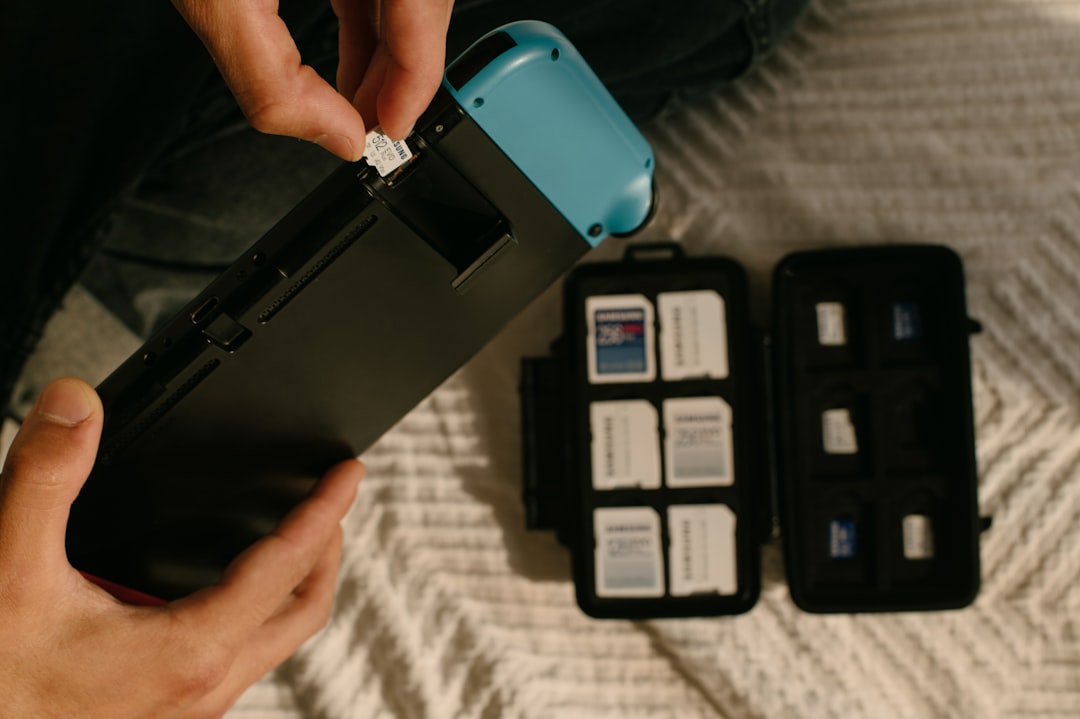Budget-friendly Online Shopping Navigating Japanese — here’s everything you need to know about Budget-friendly Online Shopping Navigating Japanese, including buying criteria, red flags, and smart ways to save.
Budget-Friendly Online Shopping: Navigating Japanese Cultural Products and Kitchen Essentials
At a Glance
- Discover budget-friendly Japanese cultural products online.
- Learn essential tips for smart shopping on platforms like AliExpress and Temu.
- Understand what to look for when buying kitchen essentials.
- Avoid common mistakes and red flags when shopping online.
- Compare budget vs premium products for better decision-making.
- Get insights on shipping, returns, and warranty considerations.
- Ignoring Reviews: Failing to read product reviews can lead to poor purchases. Always check for customer feedback before making a decision.
- Overlooking Shipping Times: Online purchases from international marketplaces can take longer to arrive. Be sure to check estimated delivery dates, especially for time-sensitive items.
- Not Comparing Prices: Shopping on one website can lead to overspending. Use price comparison tools to ensure you’re getting the best deal.
- Neglecting Warranty Information: Always check for warranty details, especially for kitchen appliances and gadgets.
- Buying Without Research: Don’t rush into a purchase. Take the time to research products, read user experiences, and compare alternatives.
- Budget Products: Ideal for casual use or if you’re trying something new. For instance, if you’re exploring Japanese cooking, budget kitchen gadgets might suffice until you know your preferences. Products like basic rice cookers or inexpensive sushi mats can often be found at lower price points.
- Premium Products: Worth the investment when you need durability or advanced features. For example, high-quality Japanese knives or authentic tea sets often come at a higher price but provide longevity and better performance.
- Consider Your Use Case: If you’ll use a product frequently, it might be worth spending more for better quality. Conversely, for items you’ll use sparingly, budget options are often sufficient.
- AliExpress: Offers a vast selection of budget-friendly products. Look for flash sales and discounts.
- Temu: Focuses on budget-conscious shoppers with a variety of cultural products and household items.
- Shein: Primarily known for clothing but has a growing selection of home goods and kitchen essentials.
- Amazon: While sometimes pricier, it offers a wide range of products and reliable shipping options.
- Understand Shipping Times: Allow for longer shipping times from international sellers, especially for budget items.
- Check Return Policies: Always familiarize yourself with the return policy before purchasing. Some platforms may have more lenient policies than others.
- Consider Local Alternatives: If shipping costs are too high, check local retailers or online marketplaces that specialize in Japanese products.
- Safety Considerations: Ensure that any kitchen gadgets or electronics meet safety standards. Look for certifications mentioned in the product description.
- Warranty Information: Many products come with a warranty. For kitchen essentials, it’s often worth it to pay slightly more for coverage, especially for electrical items.
- Returns Process: Familiarize yourself with the returns process, as it varies by platform. Take note of return windows and any potential restocking fees.
What to Look For
When shopping for Japanese cultural products or kitchen essentials online, consider the following criteria:
1. Quality: Look for product reviews and ratings to assess quality. Check for materials used, as these can significantly impact durability and performance.
2. Seller Reputation: Choose reputable sellers with a history of positive feedback. Platforms like AliExpress often display seller ratings which can help you gauge reliability.
3. Price: Compare prices across different platforms to find the best deals. Keep in mind that the cheapest option isn’t always the best quality.
4. Shipping Costs: Factor in shipping expenses when budgeting for your purchase. Some sellers may offer free shipping or discounts based on order amounts.
5. Return Policies: Understand the return and exchange policies. This is crucial in case the product doesn’t meet your expectations.
6. Cultural Authenticity: For items intended to reflect Japanese culture, ensure that the products are authentic and not replicas unless that’s your preference.
Common Mistakes & Red Flags
Step-by-Step Buying Guide
1. Define Your Needs: Determine what specific Japanese cultural products or kitchen essentials you need. Make a list to keep your shopping focused.
2. Research Platforms: Visit multiple online marketplaces like AliExpress, Temu, Shein, or Amazon to gather information about the products you’re interested in.
3. Read Reviews: Look for user-generated content to understand the pros and cons of products. Pay attention to both high and low ratings for a balanced view.
4. Check Seller Ratings: Before purchasing, ensure the seller has a good reputation. A rating of 4 stars or above is generally a good indicator.
5. Calculate Total Cost: Include product price, shipping costs, and potential customs fees (if applicable) in your budget.
6. Finalize Your Purchase: Make your purchase only when you’re comfortable with the price and the seller’s reputation.
7. Track Your Order: Use tracking features to monitor your shipment until it arrives.
8. Inspect Upon Arrival: Once you receive your items, inspect them immediately for quality and accuracy. If issues arise, contact the seller or platform for resolution.
Budget vs Premium: When to Spend/Save
Where to Buy
Marketplaces:
Shipping & Returns Tips:
Safety & Warranty/Returns
FAQ
Q1: How can I find authentic Japanese products online?
A1: Look for sellers with good reviews, check for customer photos, and read descriptions carefully. Authentic products often have detailed information about their origin.
Q2: Are budget kitchen gadgets worth it?
A2: Yes, many budget gadgets can perform well for occasional use. However, for frequent tasks, investing in a premium product can offer better durability.
Q3: How do I handle a defective item?
A3: Contact the seller immediately with your order details and photos of the defect. Most reputable sellers will offer a replacement or refund.
Q4: What should I do if my package doesn’t arrive?
A4: Check the tracking information first. If it’s delayed, contact the seller for updates. If it’s lost, request a refund or replacement based on the platform’s policy.
Q5: Can I return items purchased from international sellers?
A5: Yes, but the return process can be complicated and costly. Review the seller’s return policy before purchase to avoid issues.
Q6: What are the best online marketplaces for budget shopping?
A6: Popular marketplaces include AliExpress, Temu, and Shein for budget-friendly options. Always compare prices and check seller ratings.
Conclusion
Navigating online shopping for Japanese cultural products and budget-friendly kitchen essentials can be a rewarding experience when approached with the right strategy. Utilize the tips and guidelines provided to ensure you make informed purchasing decisions. Start by identifying your needs, researching platforms, and comparing products to maximize your savings. Happy shopping!
Check our related guide for more on Budget-friendly Online Shopping Navigating Japanese.
For examples and price checks, see popular marketplaces like AliExpress or Temu.
Research informed by reputable outlets and official listings. Reference: Source.
For even more insights on Budget-friendly Online Shopping Navigating Japanese, browse our other Sanivari guides on affordable online shopping and budget gadgets.



















